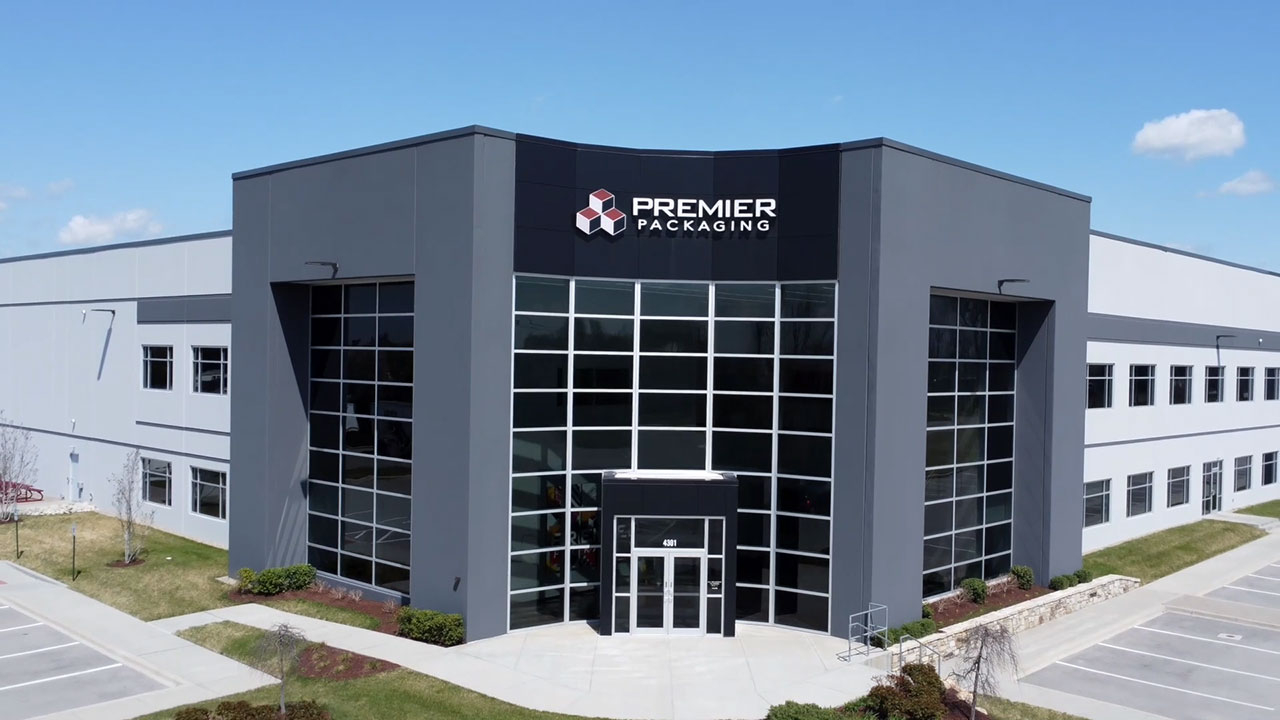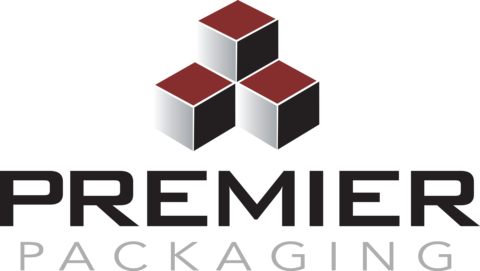LOUISVILLE, Ky.--(BUSINESS WIRE)--In 2019, Premier Packaging’s state-of-the-art, 305,000-square-foot headquarters and corporate distribution center opened at 4301 Produce Road. Just a few years before, the 17 acres had been a brownfield property, a former industrial site compromised by environmental issues that hindered redevelopment.
Premier and the property’s former owner spent money and 3 ½ years cleaning up the property beyond government requirements. “We’ve continued sustainability by bringing a fallow site back to service to benefit the community,” said project manager Charles P. Marsh.
How Groundwater Became Contaminated
The site formerly housed a plant that used heat and dies to reshape aluminum for different industries. A metal degreaser, carcinogenic tetrachloroethylene (PCE), was regularly pumped into the plant from a tanker truck via a hose and coupling. Over time, a leak developed, with the dripping PCE forming a contaminated plume in the site’s groundwater.
The site’s then-owner installed 25 monitoring wells on the site and nearby commercial properties and operated a $100,000-per-year water filtration system. By 2015, PCE groundwater levels had fallen enough for Kentucky EPA officials to allow the suspension of the filtration system. The site went up for sale, but the environmental issues scared away potential buyers.
Premier Takes on the Challenge
Enter Premier Packaging owner John Gaynor, who thought the location was perfect for consolidating operations from three different facilities for his company. Premier provides custom-made packaging and shipping solutions for customers in North and South America.
New technology was used to inject a slurry of solid iron and activated carbon directly into the water plume, breaking down the PCE into less dangerous components. As PCE groundwater levels have declined, the state of Kentucky has allowed the closure of more of the monitoring wells. Currently four wells on site are tested twice a year.
During construction of Premier’s facility, environmental compliance was tedious. No dirt could be taken off the site without testing by an environmental engineer. Unsafe dirt was sent to a controlled landfill.
The extra work and expense were worth it, according to Gaynor. “Here was an inactive site that some might consider a liability. Instead, we cleaned it up and turned it into a wonderful corporate distribution facility and a great economic asset for the community.”



